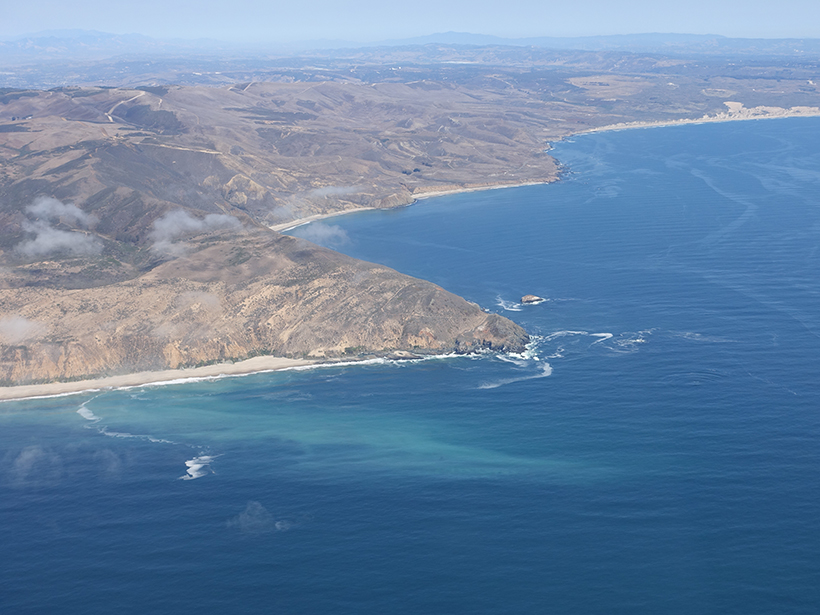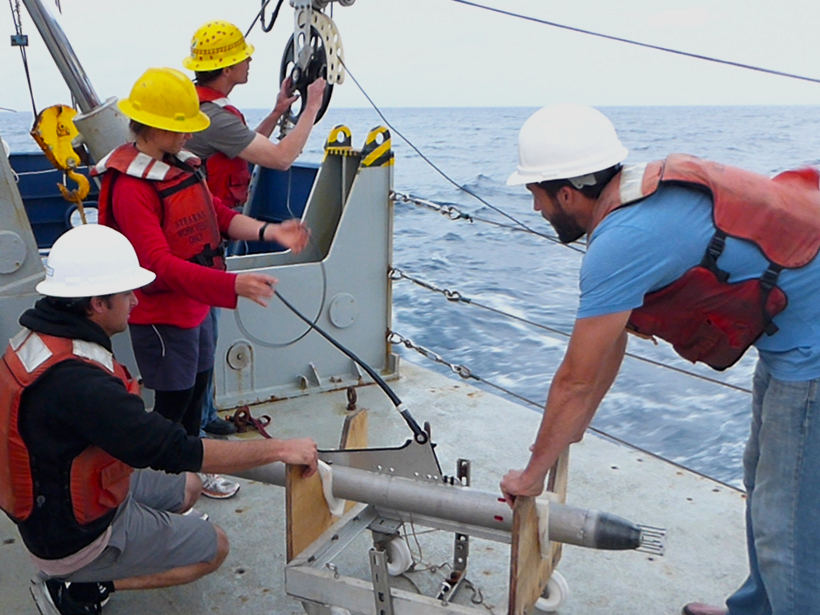A contemporary approach to today’s science careers looks less like a structured pipeline and more like a collection of paths that change and adapt to the needs of the individual.
J. A. MacKinnon
Posted inScience Updates
Untangling a Web of Interactions Where Surf Meets Coastal Ocean
In 2017, an ocean research team launched an unprecedented effort to understand what drives ocean currents in the overlap regions between surf zones and continental shelves.
Posted inScience Updates
Breaking Internal Tides Keep the Ocean in Balance
By studying how underwater waves strike the continental slope off Tasmania, researchers seek to uncover the mechanisms that keep the circulation of the global ocean in balance.



